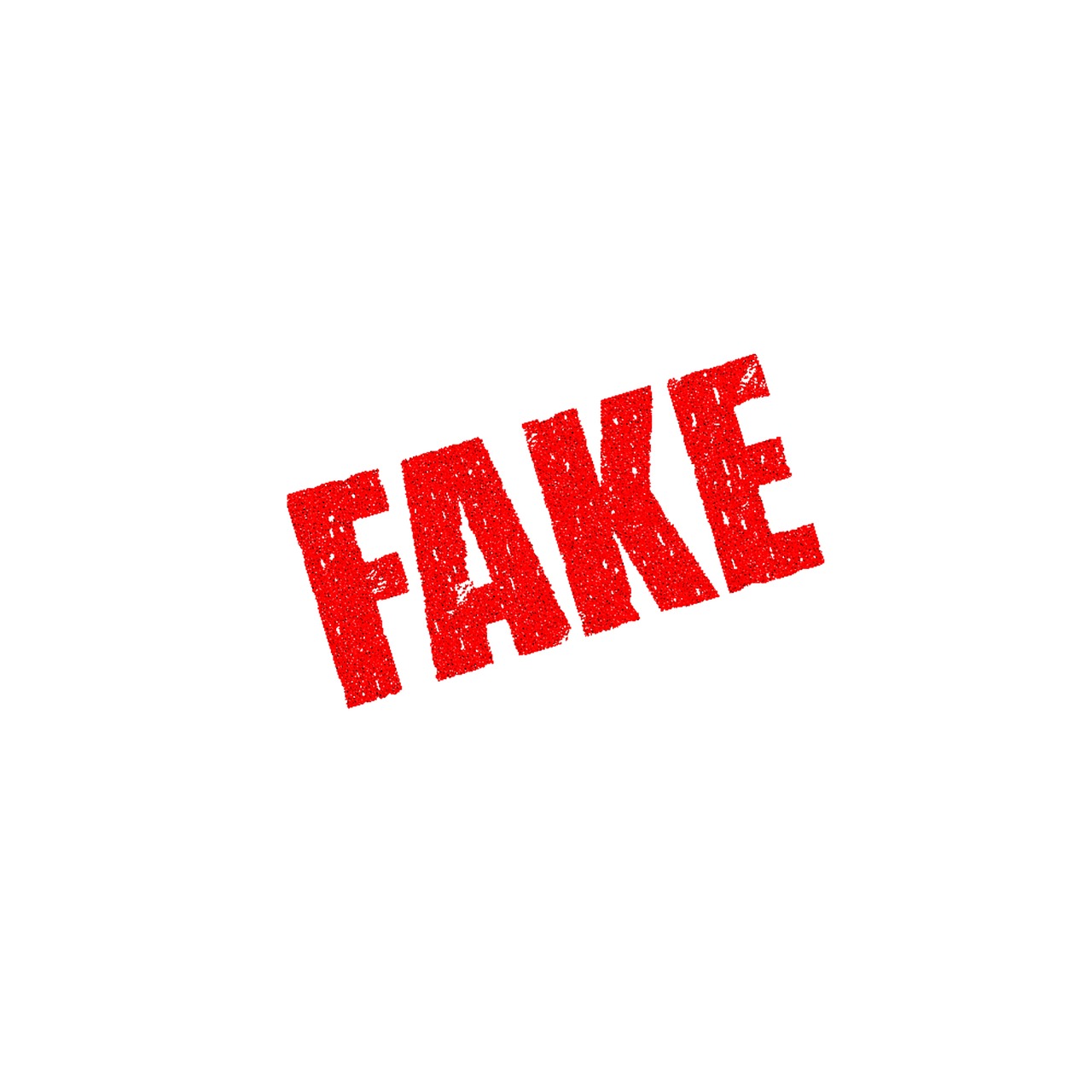Trainer: Fighting Counterfeits: Enforcement Isn’t Enough

Intellectual property rights (IPR) owners whose products or services have gained any level of success in the marketplace have likely experienced counterfeit/fake versions of their products or services. As a result, a legion of lawyers, private investigators and other representatives of owners have fanned out to all parts of the world to combat counterfeits. In recent decades, trade in counterfeit products has demanded government resources: police, prosecutors, customs officials, drug regulatory officials, postal inspectors and others.
As one publication, the Smithsonian, noted in the title of an article, “Anything Can be Counterfeited—and These Days Almost Everything Is.” That article appeared back in the July 1, 1986 issue of the publication. On June 11, 2019, the chief of the Outreach and Training Section of the National Intellectual Property Rights Coordination Center (US Immigration and Customs Enforcement/Homeland Security Investigations) stated that, “We’ll never seize or arrest our way out of intellectual property rights-related crimes.” This statement echoes similar statements made over the past several years, including a conclusion reached in 2010 at an American National Standards Institute conference that fighting counterfeiting is a war that must be fought on all fronts and enforcement alone is not enough.
For at least the last 30 years, those who have been involved in the fight against counterfeit and pirated merchandise have repeatedly called for increased levels of communication and exchange of information between national and international law enforcement agencies, customs administrations and other government agencies that have jurisdiction. As a result, we have seen the level of information exchange between IPR owners and government enforcement authorities increase and improve.
IPR owners have been successful in many countries in prodding the enactment of stronger laws regarding penalties for IPR infringements. In addition, recent trade agreements have raised the levels of IPR enforcement.
Moreover, progress has been made to expand the fight against counterfeit and pirated goods by engaging advertisers and payment processors. Thus, along the chain of commercial transactions, efforts have been made to gain the cooperation of the various parties involved in the movement of goods and the related financial transactions.
Additionally, IPR owners have increasingly turned to technology to combat counterfeit goods and to improve the ability to discern legitimate goods from counterfeits. Legitimate manufacturers have turned to RFID, molecular taggants, QR codes, bar codes and countless other technologies to combat counterfeits. Thus, the volume of counterfeit goods affecting practically every industry sector has spawned the authentication technology sector.
Despite these efforts, in the view of many, including those who attended the June 6 USPTO Forum on Brand Protection, is that the global IPR infringement situation is worsening. If seizures and arrests are not the way to improve the situation and the other steps that have been taken thus far — e.g., increasing penalties, involving payment processors, applying authentication technologies, gaining more cooperation from online platforms — do not make any dents in the global counterfeiting battle, what steps should be pursued?
IPR owners and the various trade groups that represent them might consider increased levels of engagement with business groups and universities in countries that are the primary countries of origin of infringing goods, act as transit points, or are the primary markets of counterfeit and substandard goods. A new type of engagement that could augment the current enforcement message is one that includes more foundational education programs about how IPR has the potential to enable local enrichment.
To the extent that IPR owners or their trade associations are expending time and revenue to arrange and deliver enforcement training in a country, why not add an extra day or two to engage local business groups or educational institutions, not to emphasize enforcement, but to highlight IPR’s benefits as assets for commercial exploitation that will contribute to development?
That segment of the IPR community that is discouraged by the shortcomings of enforcement efforts is already aware of what’s being done and not reducing counterfeiting. It would, therefore, seem to be time to re-examine the overall strategy and consider elements to the strategy that, perhaps, may not directly address enforcement, but promotes IPR by addressing the benefits of IPR to businesses and economies in developing and less developed countries.
Ultimately, the types of IPR “issues” that need to be addressed include explaining the real-world concepts of IPR for businesses, not IPR legal concepts – i.e., the business reasonings, applications and benefits of IPR. The IPR community should consider addressing practical issues of IPR “at work” in business as these assets are created and commercially exploited as revenue generators. By increasing IPR understanding, the goal would be to increase the number of IPR proponents in more countries as a voice for greater respect and protection of IPR.
This post was written by Timothy Trainer, a co-author of Customs Enforcement of Intellectual Property Rights, published by Thomson Reuters. Follow Trainer on Twitter @TTrainerglobal.